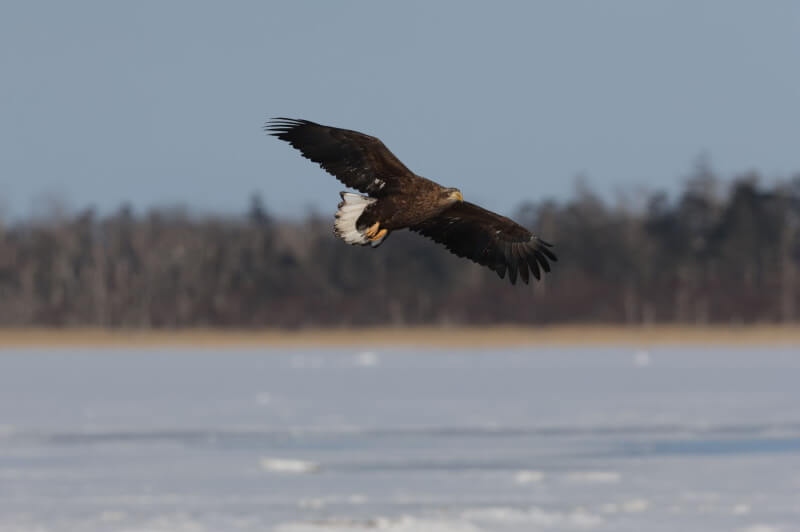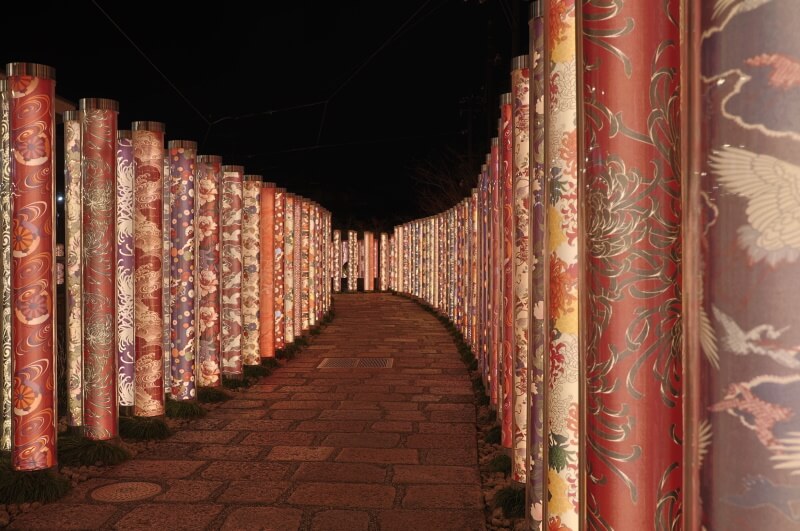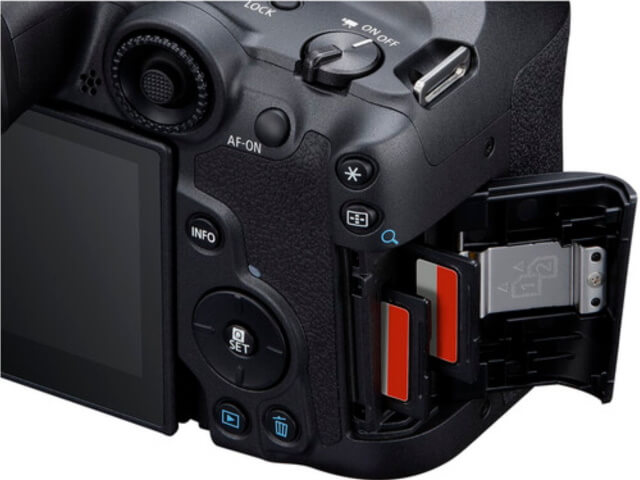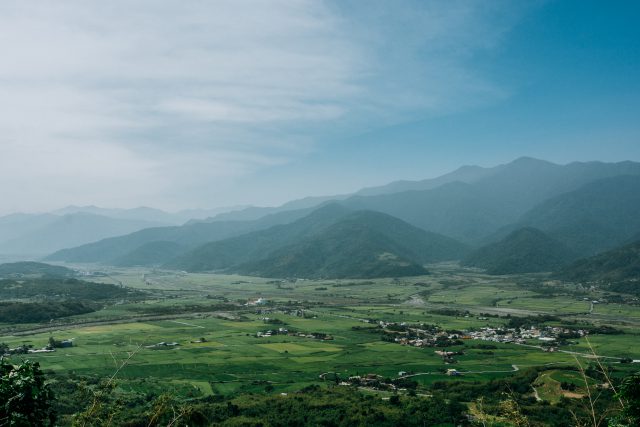Canon has recently announced its first RF mount APS-C sensor cameras: Canon EOS R7 and R10. Although Canon already had mirrorless APS-C cameras with their EOS-M mount series, these new cameras share the same RF mount as their full-frame counterparts and can utilize any RF lens.
Canon EOS R10 is a suitable option for travel, street photography, lifestyle, and vloggers, whereas the Canon EOS R7 is designed for serious enthusiasts particularly sports and wildlife photographers.
The EOS R10 is priced around the level of the core ‘Rebel’ cameras, while the EOS R7 has the price and features to put it a little above EOS 90D. So, if these two cameras represent the future, the following is a comparison between them.
Canon R7 vs Canon R10
-
Size and Button Layout

Neither camera is particularly large; The R7 is larger and heavier than the R10, but the EOS R10 is the more portable of the two, their dimensions (W x H x D), and weights are:
- R7: 132 x 90.4 x 91.7 mm, 612 g (With Battery, Recording Media)
- R10: 122.5 x 87.8 x 83.4 mm, 429.2 g (With Battery, Recording Media)
The EOS R7 has a slightly more advanced control layout. Note the additional dial on the back and the dedicated ISO button on the top of the EOS R7. Advanced photographers who want quick manual controls will appreciate those features; the EOS R10’s layout is still reasonably advanced, including a dedicated AF-On button and joystick that are usually found only on higher-end cameras.
-
Viewfinder and LCD monitor
Both cameras feature a 0.39-in OLED viewfinder with 2.36M dots and a 22mm eye point. The R7 has more magnification (0.72x vs 0.59x on the R10).
The rear screen is fully articulated and touch-sensitive on both products, but the R7 has more resolution: 1.62M vs 1.04M dots on the R10.

-
The digital sensor
Both cameras feature an APS-C sensor (1.6x crop factor in comparison to the 35mm format). The R7 has more resolution with 32.5MP compared to 24.2MP on the R10. The sensitivity range is the same on both: 100 to 32,000 ISO, with the extended level going up to 51,200 ISO.

Canon EOS R7 – sample photo

Canon EOS R10 – sample photo
-
Autofocus
Both cameras include an advanced autofocus system, it includes Canon’s Dual Pixel AF II technology and a deep learning algorithm that can track various subjects automatically including humans, animals, and vehicles.
Two differences are found between them: low light sensitivity and the total number of AF points.
- low light sensitivity: The R7 has a rating of -5EV whereas the R10 is one stop less efficient at -4EV
- The total number of AF points: with the 1-point AF mode is 5,915 on the R7 and 4,503 on the R10.
-
Shutter Speed
The R7 can work up to 1/8000s with the mechanical shutter, as opposed to 1/4000s on the R10. Both cameras can shoot in continuous mode up to 15fps with the mechanical shutter. With the electronic shutter, the R7 has an advantage, being capable of reaching 30fps, whereas the R10 stops at 23fps.
A Pre-shooting mode is available, which allows the two models to capture images half a second before the shutter button is pressed all the way down.
-
In-Body Image stabilization (IBIS)

One of the major differences between the two cameras is that the R7 includes in-body image stabilization (IBIS). The camera can combine IBIS with optical stabilization, as well as digital stabilization in video mode (Movie Digital IS).
The IBIS in the R7 also enables another neat trick, horizon correction. This is a feature that is activated via the menu and it uses the sensor’s ability to move to correct a sloping horizon. You can see its impact in the viewfinder and on the screen on the back of the camera.
The R10 doesn’t have sensor stabilization, so you must rely on lenses with optical stabilization. The Movie Digital IS mode is still available and works in conjunction with IS on the lens.
-
Video Features
Both R7 and R10 can record 4K/30p with oversampling (which means high quality), using the full width of the sensor (meaning no crop). Canon says the R7 can record 4K 30p (HQ quality) or crop 4K/60p for approximately 60 minutes with a temperature of 23˚C or lower. The R10 has a similar rating with 50 minutes.
The R7 has a microphone input and headphone output (3.5mm). The R10 lacks the headphone option. Both come with the new multi-function accessory shoe that is compatible with digital audio on select microphones.
-
New Additional Features
Canon added new features to both cameras:
-
Panning Scene Modes
In the new panning scene mode, R7 & R10 cameras can detect the position of the subject. Unlike in-lens panning, detection IS, only accounts for horizontal movement and shuts off the IS operation on that axis. The new Panning Scene Mode will activate horizontal correction when needed to help keep the subject in the same area of the composition.
-
Panorama Scene Modes
For users wanting to take high-resolution panoramas, both R7 and R10 have a Panorama scene mode to make up to 107MP (4,208 x 25,600) images on the R10 and up to 147.5MP (4,880 x 30,240 pixels) on the R7 when selected to combine the vertical oriented segments.
-
Focus Stacking
Many previous cameras have Focus Bracketing that allows you to record a series of images with incremental shifts in the focus distance. The EOS R7 and EOS R10 now add the option for Depth Composite, which combines these images in the camera instead of having to post-process them.
-
Memory storage
Both cameras accept SD UHS-II cards, but the R7 has two slots as opposed to one on the R10.
Furthermore, the card slot on the smaller camera is found in the battery compartment, whereas the R7 has its own dedicated area for the memory cards, on the side.

-
Weather Sealed
The R7 has a weather-sealed design, but R19 lacks this feature
-
Communication
Both R7 and R10 have Wi-Fi and Bluetooth capabilities.
-
Battery life
The two cameras use different batteries:
- The R7 comes with the LP-E6NH type. The battery life for a single charge is rated at 770 shots (LCD) and 500 shots (EVF) when using the power-saving mode.
- The R10 uses a smaller LP-E17 and has a rating of 430 frames (LCD) or 260 frames (EVF) with a power-saving mode.
Both cameras have a USB C port that can be used to charge the battery.
Specification comparison table
| Camera Feature | Canon EOS R10 | Canon EOS R7 |
|---|---|---|
| Sensor Resolution | 24.2 MP | 32.5 MP |
| Low-Pass Filter | Yes | Yes |
| Sensor Type | CMOS | CMOS |
| In-Body Image Stabilization | No | Yes, 5-Axis |
| Sensor Size | 22.3 × 14.9 mm (APS-C) | 22.3 × 14.8 mm (APS-C) |
| Image Size | 6000 × 4000 | 6960 × 4640 |
| Pixel Size | 3.72 µm | 3.20 µm |
| Image Processor | DIGIC X | DIGIC X |
| Viewfinder | Electronic / EVF | Electronic / EVF |
| Viewfinder Type / Resolution | OLED / 2.36 Million Dots | OLED / 3.69 Million Dots |
| Viewfinder Coverage | 1 | 1 |
| Viewfinder Magnification | 0.95× | 1.15× |
| Built-in Flash | Yes | No |
| Flash Sync Speed, Mechanical | 1/200 | 1/250 |
| Flash Sync Speed, Electronic | 1/250 | 1/320 |
| Storage Media | 1× SD, UHS-II Compatible | 2x SD, UHS-II Compatible |
| Maximum FPS, Mechanical | 15 FPS | 15 FPS |
| Maximum FPS, Electronic | 23 FPS | 30 FPS |
| Buffer Capacity (Lossless Compressed RAW) | 21 frames (23 FPS), 29 Frames (15 FPS) | 42 frames (30 FPS), 51 Frames (15 FPS) |
| Buffer Capacity (Lossy Compressed C-RAW) | 43 frames (23 FPS), 157 Frames (15 FPS) | 93 Frames (30 FPS), 187 Frames (15 FPS) |
| Max Shutter Speed | 1/4000 (Mechanical and Electronic) | 1/8000 (Mechanical), 1/16,000 (Electronic) |
| Electronic Front-Curtain Shutter | Yes | Yes |
| Exposure Metering Sensor | 384-Zone Metering | 384-Zone Metering |
| Base ISO | ISO 100 | ISO 100 |
| Expanded Low ISO | None | None |
| Highest Native ISO | ISO 32,000 | ISO 32,000 |
| Expanded High ISO | ISO 51,200 | ISO 51,200 |
| Autofocus System | Dual Pixel Phase Detect AF | Dual Pixel Phase Detect AF |
| Focus Points | 651 | 651 |
| Low-Light AF Sensitivity (f/2 Standardized) | -2.5 to 21.5 EV | -3.5 to 21.5 EV |
| Internal Video Modes | H.264 4:2:0 8-Bit, or H.265 4:2:2 10-Bit | H.264 4:2:0 8-Bit, or H.265 4:2:2 10-Bit |
| Canon C-Log Video Recording | No | Yes |
| Video Maximum Resolution | 4K UHD @ up to 60p | 4K UHD @ up to 60p |
| Mandatory Video Crop | Yes, 1.6× Mandatory Crop at 4K 60p | No |
| Headphone Socket | No | Yes |
| Articulating LCD | Yes | Yes |
| Touchscreen | Yes | Yes |
| LCD Size | 3.0″ Diagonal LCD | 3.0″ Diagonal LCD |
| LCD Resolution | 1,040,000 dots | 1,620,000 dots |
| Built-in GPS | No | No |
| Wi-Fi | Yes | Yes |
| Bluetooth | Yes, 4.2 | Yes, 4.2 |
| Battery | Canon LP-E17 | Canon LP-E6NH/LP-E6N/LP-E6 |
| Battery Life (CIPA) | 430 Shots (LCD),260 Shots (EVF) | 770 Shots (LCD), 500 Shots (EVF) |
| Weather Sealed Body | No | Yes |
| USB Version | Type-C 2.0 | Type-C 3.2 Gen 2 |
| Weight (Including Battery and Card) | 429 g (0.95 lbs) | 612 g (1.35 lbs) |
| Dimensions (W×H×D) | 123 × 88 × 83 mm (4.8 × 3.5 × 3.3 in.) | 132 × 90 × 92 mm (5.2 × 3.6 × 3.6 in.) |
Conclusion
If you’re planning to use this camera for advanced or even pro-level sports and wildlife photography, the EOS R7 will be the best option. The higher resolution lets you put more pixels on a distant subject; while the bigger buffer lets you take longer bursts of images before the camera slows down. Other features like dual card slots and better weather sealing are also a plus.
On the other hand, if you are not quite interested in photographing those subjects very often and you’re on a budget go with the EOS R10. It is still extremely capable of sports and wildlife, thanks to the high frame rate and essentially the same autofocus system as the EOS R7.
The R10 with its lower price seems the best choice for beginners or enthusiasts in search of a user-friendly product with good performance for a variety of uses The R10’s 24-megapixel resolution also isn’t too much lower than 33 MP anyway, so you still can capture the amazing landscape and other photography genres.
I hope that the article will help you choose between the Canon EOS R10 and EOS R7. Both cameras should be very capable in the right hands, and neither one is a bad choice even though they’re geared toward different photographers and different photography genres.
Thanks for reading, I hope you enjoyed the article, in case you have any questions just drop them below & I will be happy to answer you.
If you enjoy the site, don’t forget to subscribe, we will only inform you when a new article is posted.










Hi Amin, I have always preferred Canon and I have had my trusty SX730 HS for a number of years now and it is still producing clear photos and video. After looking at the features of the R7 and R10 though, I’m drooling, literally. I love the layout of your website, awesome 🙂
Thanks for the comment, and you are always welcome
Canon has been a producer of extremely high quality cameras and photographic equipment for many years. The release of the Canon EOS R7 and R10 once again proves that Canon is at the forefront of technology in photographic products.
So the R7 seems to be the slightly superior model of the two cameras. So would you say that the R10 is better for professional photographers, whereas the R7 is more suitable for beginners?
Thanks for the comment, Yes EOS R7 is a superior model to EOS R10, The R7 has a higher-res sensor, dual card slots, bigger buffer, and in-body image stabilization. It is designed for advanced or even pro-level sports and wildlife photography. While if you’re on a budget and want to put more money toward lenses the R10 is a good option. Surely it has more options than a beginner photographer needs.
Hi Amin, thank you for such an informative web site. I purchased my Canon S X730 HS some years ago and I must say that the pictures and video are so clear. I am very happy with the capabilities that it has to offer, however, after looking at the functions of the EOS R10 and EOS R7, I am left drooling, literally. Cheers, Amiria
You are quite right, the development in camera technologies is enormous, thanks for your feedback
Wow Thanks a lot for this valuable detailed post about Canon R7 Vs R10- New Lineup RF Mount APS-C Cameras. I don’t know much about these things. But I have a friend who does photography. He always talks to me about this camara. This post will be very important for him. I will definitely go to him. Keep posting like this.
Thanks